Search the Special Collections and Archives Portal
Search Results
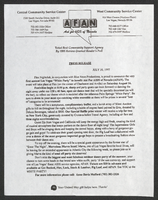
Aid for AIDS of Nevada first annual Las Vegas "White Party" press release
Date
Archival Collection
Description
Text
Anita Freeman Photograph Collection on Southern Nevada
Identifier
Abstract
The Anita Freeman Photograph Collection on Southern Nevada (1937-1972) primarily contains black-and-white negatives depicting locations in Southern Nevada, including the Hoover Dam, Lake Mead, and Mount Charleston. The collection also includes black-and-white negatives of the Helldorado Parade held in Las Vegas, Nevada, as well as landscapes in Arizona, such as the Grand Canyon.
Archival Collection
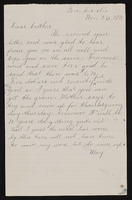
Letter from May [?], Bunkerville, Nevada to John M. Bunker, Eldorado Canyon, Nevada
Date
Archival Collection
Description
From the Syphus-Bunker Papers (MS-00169). The folder contains an original handwritten letter and a typed transcription of the same letter, and a copy of the original letter. Letter does not state May's last name but she seems to be the brother of John M. Bunker.
Text
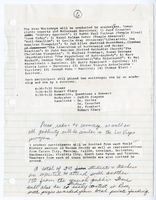
Grant Application to the Nevada Humanities Committee, circa 1984
Date
Archival Collection
Description
Grant Application to the Nevada Humanities Committee, Inc. for the Nevada Student Conference on the Holocaust and Human Rights.
Text

Harrah's marquee sign, Reno, Nevada
Date
Archival Collection
Description
View of the marquee sign for Harrah's Hotel and Casino in Reno. The business was closed in early 2020.
219 North Center Street, Reno, Nevada, 89501
Image
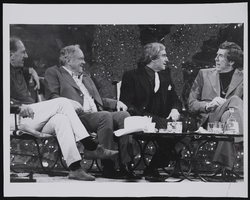
Photograph of Binion and others on the Merv Griffin show, Las Vegas, Nevada, approximately 1960 to 1979
Date
Archival Collection
Description
L-R: Jack Klugman, Benny Binion, Merv Griffin on the Merv Griffin TV show. (1960s-70s)
Image
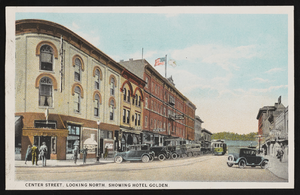
Center Street in Reno, Nevada: postcard
Date
Archival Collection
Description
Image
Marguerite Rice Lyman Papers on Southern Nevada History
Identifier
Abstract
The Marguerite Rice Lyman Papers on Southern Nevada History (1960-1969) consists of six typescripts concerning the history of Nevada. The collection includes information about the Muddy Mission, the history of Spring Valley, Mads Jorgensen, and profiles of Rice family pioneers. It also includes information about Mormon church activities within Nevada.
Archival Collection
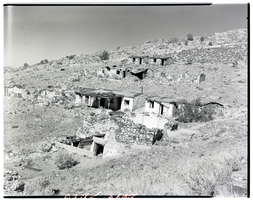
Film transparency of a ghost town, Delamar, Nevada, 1956
Date
Archival Collection
Description
Image
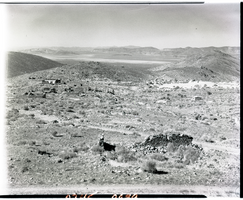
Film transparency of a ghost town, Delamar, Nevada, 1956
Date
Archival Collection
Description
Image
